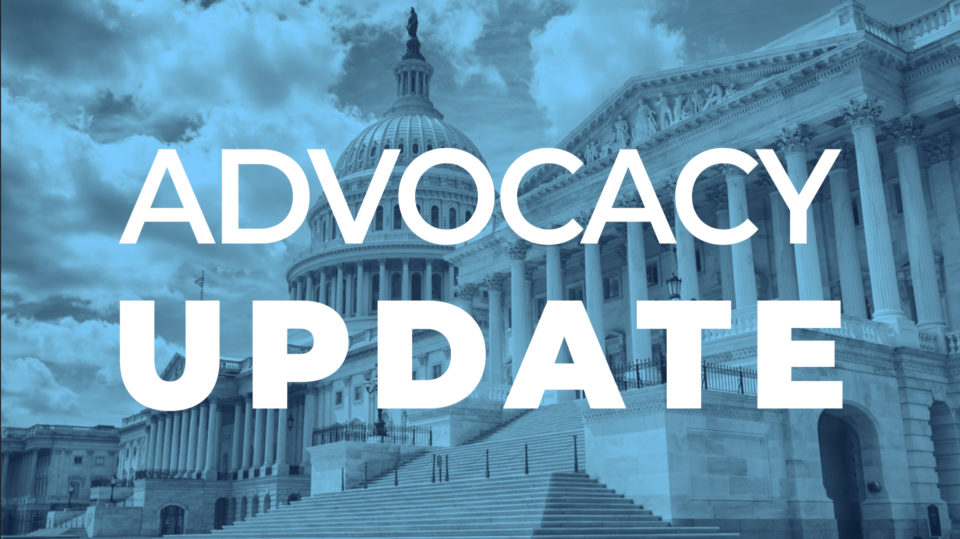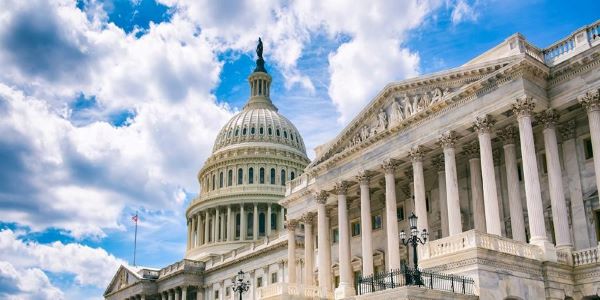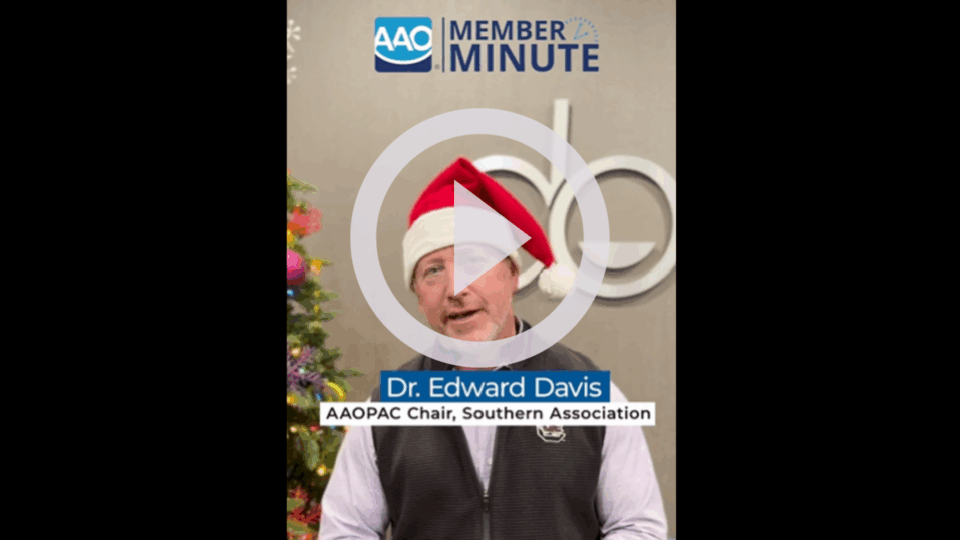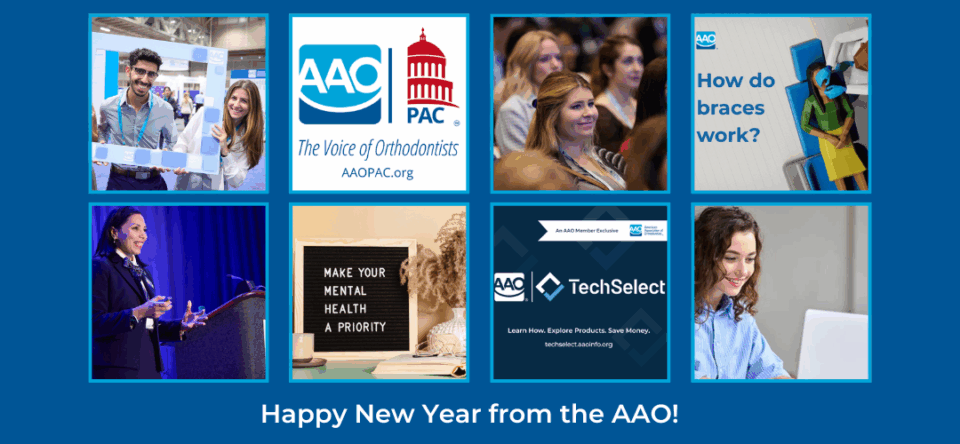With Congress back from August recess and recent regulatory guidance released from the CDC and HHS, we wanted to provide relevant updates from the AAO Legal & Advocacy Team and Cozen O’Connor Public Strategies that are important to you. With your advocacy help, we continue to remain actively engaged each and every week in the legislative, regulatory, and political arenas and want you to be informed!
Congress debating expanding Medicare to cover dental, vision and hearing as part of Budget Reconciliation Package
With the consideration of the $3.5 Trillion reconciliation package, Congress is debating whether the Medicare program should drastically expand its coverage of dental services. Currently, the Medicare program only covers certain hospital-based dental services under its Part A benefit, which tend to be emergency in nature. Congress is now debating whether to expand Medicare to cover more routine dental services under its Part B benefit (including preventative and screening services) for beneficiaries.
While expanded Medicare coverage of dental services will primarily affect general dental practitioners, it could also have impacts on orthodontists. Ultimately, many of the details would be determined by future regulatory actions. These impacts relate to payment policies, reporting requirements, graduate medical education (GME) funding, and public health.
Consider supporting our friends at the American Dental Association and their grassroots outreach to Congress now on concerns with Dental Benefits in Medicare Part B. Take action here.
Updated CDC Guidance as of September 10, 2021
The CDC has updated its interim infection prevention and control (IPC) recommendations for healthcare personnel for the COVID-19 Pandemic. These updates have primarily been made to streamline and consolidate existing healthcare IPC guidance so that it is applicable to multiple settings and scenarios, which will make it easier to for healthcare providers to find relevant guidance. CDC identified certain settings which have specialized guidance as well, one of which is dental. The updates in the overall interim infection prevention and control recommendations include:
The changes are part of the CDC’s overall plan to consolidate and streamline guidance. The CDC is recommending that health care facilities should continue to follow the IPC recommendations for unvaccinated individuals when caring for fully vaccinated individuals with moderate to severe immunocompromise due to a medical condition or receipt of immunosuppressive medications or treatments. Additionally, there are no changes for screening for symptoms and exposures, and the CDC continues to recommend the universal use of eye protection for all patient care encounters and the universal use of N95 (or equivalent or higher level) respirator for aerosol-generating procedures and surgical procedures that might pose higher risk for transmission if the patient has COVID-19 infection.
The CDC no longer recommends quarantines for patients following a close contact with someone with COVID-19 infection for fully vaccinated patients and patients who have had COVID-19 infection in the prior 90 days. However, the CDC still recommends COVID-19 testing for people with any COVID-19 symptoms.
HHS Announces the Availability of $25.5 Billion in COVID-19 Provider Funding
Combined application for American Rescue Plan rural funding and Provider Relief Fund Phase 4 will open on September 29
Last Friday, the Biden Administration announced that the U.S. Department of Health and Human Services (HHS) would be making an additional $25.5 billion available for health care providers affected by the COVID-19 pandemic.
“This funding critically helps health care providers who have endured demanding workloads and significant financial strains amidst the pandemic,” said HHS Secretary Xavier Becerra. “The funding will be distributed with an eye towards equity, to ensure providers who serve our most vulnerable communities will receive the support they need.”
Consistent with the requirements included in the Coronavirus Response and Relief Supplemental Appropriations Act of 2020, PRF Phase 4 payments will be based on providers’ lost revenues and expenditures between July 1, 2020, and March 31, 2021. As part of the Biden-Harris Administration’s ongoing commitment to equity, and to support providers with the most need, PRF Phase 4 will reimburse smaller providers—who tend to operate on thin margins and often serve vulnerable or isolated communities—for their lost revenues and COVID-19 expenses at a higher rate compared to larger providers. PRF Phase 4 will also include bonus payments for providers who serve Medicaid, CHIP, and/or Medicare patients, who tend to be lower income and have greater and more complex medical needs. HRSA will price these bonus payments at the generally higher Medicare rates to ensure equity for those serving low-income children, pregnant women, people with disabilities, and seniors.
AAO staff and the team at Cozen O’Connor Public Strategies have consistently made sure the Department of Health and Human Services and Capitol Hill staff are aware of the challenges orthodontists have faced over the past year and have advocated for their inclusion in eligibility for Provider Relief Funds.
For more information about eligibility requirements, the documents and information providers will need to complete their application, and the application process for PRF Phase 4 and ARP Rural payments, visit: https://www.hrsa.gov/provider-relief/future-payments. Dental services are include in the list of the types of providers eligible for these funds, so long as lost revenue due to the pandemic and specific COVID-related expenses meet the thresholds established by HHS.
Federal Probe of Telehealth to Look at Appropriate Safeguards
Last week, Bloomberg Law reported that the Justice Department and the Office of Inspector General of the Department of Health and Human Services announced a $4.5 billion health-care fraud assessment of telemarketers and telemedicine companies. The OIG is auditing telehealth providers, and the results could help give policy makers a clearer view of the risks and rewards, industry insiders say.
U.S. health-care providers embraced telemedicine over the past year as a way of providing continuing care to patients who would otherwise have lost access because of Covid-19 restrictions or their own fear of visiting the doctor’s office. Federal regulators removed barriers to telehealth in Medicare and Medicaid, and many providers want those changes to be made permanent.
The OIG audits will make an important contribution to that process, VanLandingham said. “Before the pandemic, we didn’t really understand the program integrity risks of telehealth in federal health-care programs because they represented such a teeny tiny amount of the claims,” he said. “With the changes associated with Covid-19, this is our first chance to dive in and see what are the real program integrity risks, and what are the things that policy makers should adopt to put in appropriate safeguards.”
The OIG plans to release audit reports with policy recommendations later this year and in early 2022, VanLandingham said.
The AAO supports teledentistry regulations that provide an opportunity to utilize technology in a positive way and expand access to quality care while maintaining the standard of care that protects the health and safety of patients. To learn more about the AAO’s teledentistry parameters, click here.
Source: Federal Audits of Telehealth to Shape its Post-Pandemic Future. Bloomberg Law. (September 8, 2021.). Retrieved September 15, 2021, from https://news.bloomberglaw.com/health-law-and-business/federal-audits-of-telehealth-to-shape-its-post-pandemic-future.



